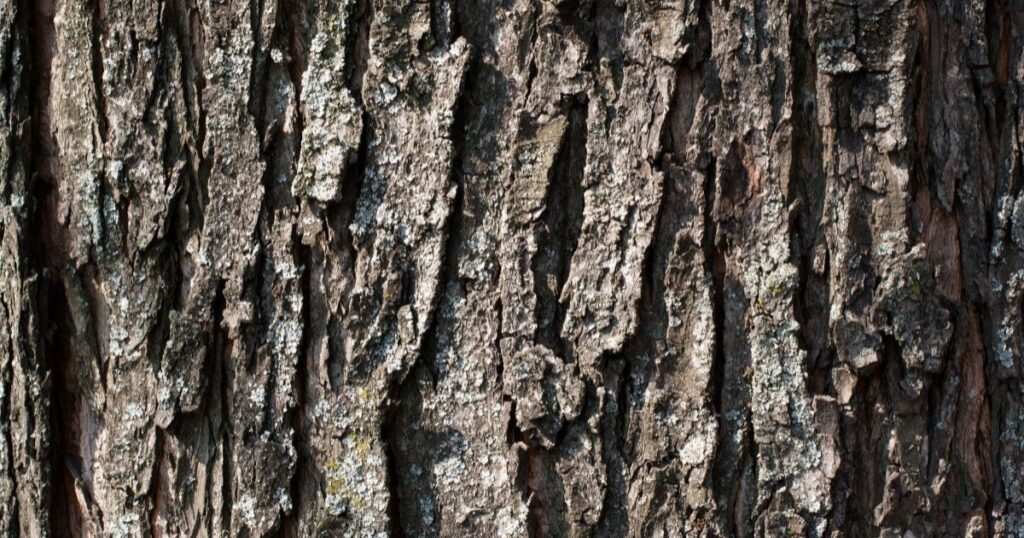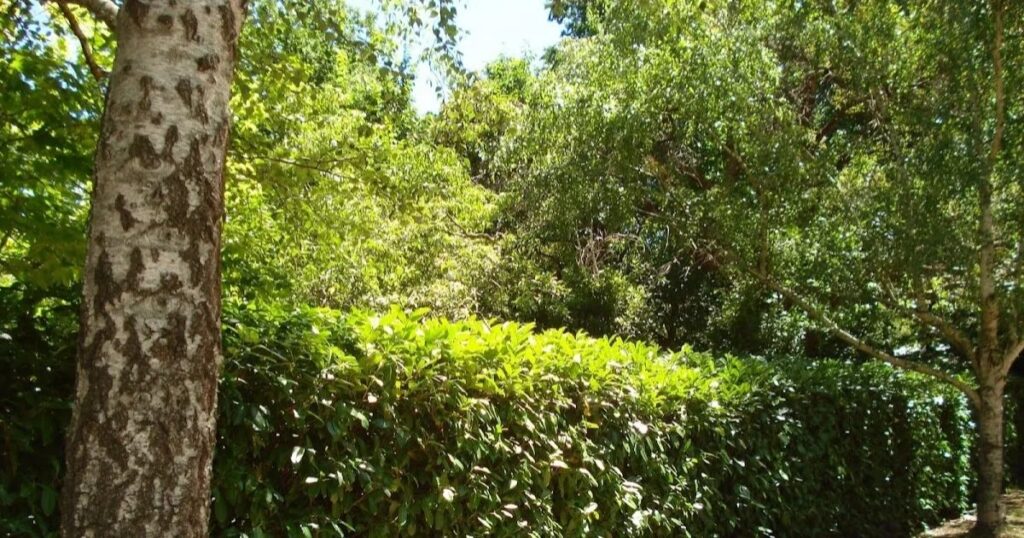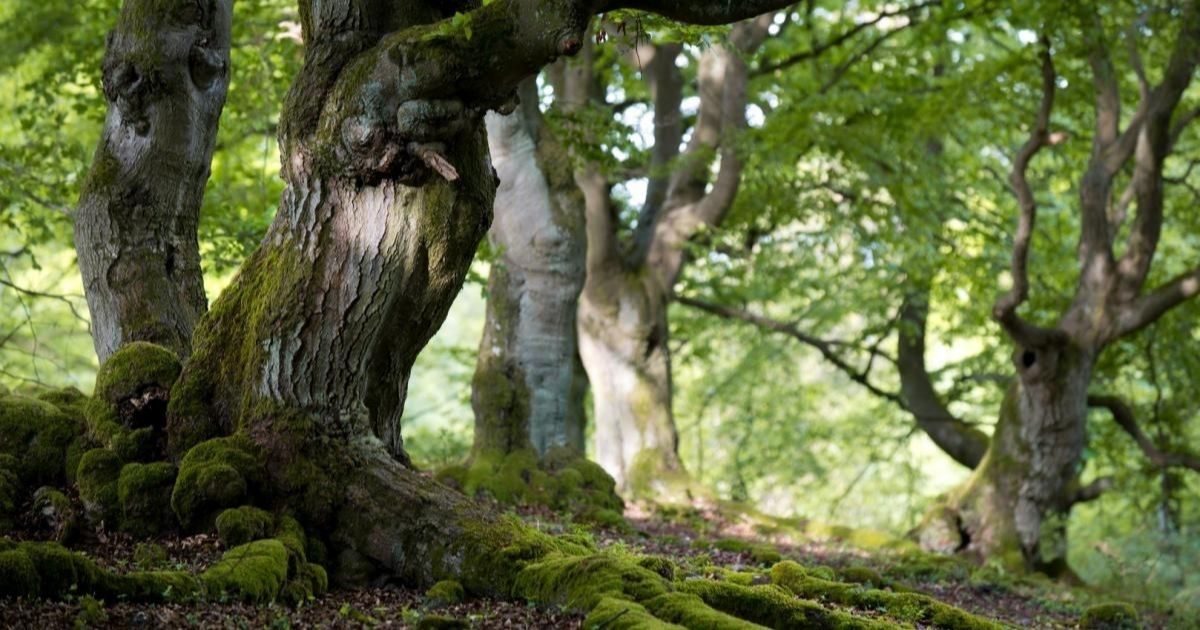9 Things You Need to Know About Beech Wood
In the realm of woodworking and carpentry, few wood species are as versatile and unsung as the humble |beech wood|. Derived from the mighty |beech tree|, this hardwood has been a staple in various industries for centuries, renowned for its strength, durability, and exceptional value. From furniture making to beer brewing, |beech wood| has proven its worth time and time again, making it an indispensable material for craftsmen and artisans alike. In this comprehensive guide, we’ll unveil nine captivating facts about |beech wood| that every woodworker and enthusiast should know.
9. Beech Holds Divine and Historical Symbolism
|Beech wood| has long been revered for its divine and historical significance, deeply rooted in ancient cultures and mythologies. In Celtic lore, the |beech tree| was associated with femininity and considered the queen of British trees, where oak was the king. The Celtic god Fagus even lent his name to the European species, |fagus sylvatica|, a testament to the reverence bestowed upon this majestic tree.
Moreover, |beech bark| played a pivotal role in preserving sacred texts and religious works. The thin, unmarred bark was often used by Indo-European peoples as a canvas for writing, earning it the distinction as the origin of the word “book” itself, derived from the Old Norse “bók,” which initially referred to the |beech tree|.
Throughout history, |beech wood| and its various components have been revered for their medicinal properties and life-sustaining qualities. Pliny the Elder, the renowned natural philosopher, documented how the |beech nuts| saved the people of Chios from starvation during a siege, underscoring the tree’s vital role in sustaining civilizations.
8. A Hardwood With a Delicate Bark

Despite its delicate and thin |beech bark|, which can be easily scarred by carving initials or markings, |beech wood| is classified as a true |hardwood|. This paradoxical combination of strength and delicacy is what makes |beech timber| so unique and sought-after.
|Beech hardwood| boasts a tough and heavy composition, making it challenging to work with hand tools. However, its straight grain and bendable nature make it an excellent choice for joinery, carpentry engineering, and furniture framing. While rarely used for aesthetic purposes, |beech wood| is a staple in the construction of chalets, log houses, and various architectural elements, providing structural integrity and durability.
It’s important to note that while |beech timber| excels in structural applications and wears well, it cannot withstand outdoor elements or moisture fluctuations once cut. Therefore, it is not recommended for outdoor or external use without proper protection.
7. Beech Nuts Are Edible
Beyond its versatility in woodworking, the |beech tree| offers another remarkable gift – edible |beech nuts|, also known as “mast.” These nutty fruits, although slightly bitter in taste, are perfectly safe for consumption and boast a high fat content, making them suitable for pressing into edible oil.
During times of scarcity, such as the Second World War, the |beech nuts| served as a valuable food source for many. In France, resourceful citizens and restaurants even roasted the mast as a coffee substitute, though the resulting brew was reportedly more bitter than the original.
Also read this post:Fertilize a Peace Lily
6. Beech Chips Are Used to Make Beer
|Beech wood| plays a crucial role in the brewing industry, particularly in the production of certain beer styles. The iconic Budweiser brand utilizes a process called |beech lagering|, where |beech chips| line the bottom of fermentation tanks. These chips prevent autolysis (the breakdown of cells by their own enzymes) and provide additional surface area for the yeast to rest, facilitating the lagering process.
Moreover, German brewers of smoked beer employ |beech wood| logs to dry the malt used in their recipes, imparting a distinctive smoky flavor to their brews. The use of |beech chips| and |beech smoking| techniques adds depth and complexity to these traditional beer styles, showcasing the versatility of this remarkable wood.
5. Beech Makes An Excellent Fuel
|Beech firewood| is highly prized for its excellent burning properties and ease of splitting. When used as fuel, |beech wood| burns brightly and calmly for extended periods, making it an ideal choice for heating homes and outdoor cooking.
In traditional German and French cuisine, |beech smoking| is a common practice for curing herring, charcuterie, and dairy products. The resulting soot from burning |beech firewood| is so dark that it is used to produce the rich bistre pigment, valued in various artistic applications.
However, as sustainably-minded timber merchants, we at WL West & Sons Ltd encourage woodworkers and enthusiasts to vary the species they use and utilize |beech wood| judiciously, ensuring responsible and eco-friendly consumption of this valuable resource.
4. Beech Hedges Are Easy To Maintain

|Beech hedges| are a popular choice among gardeners and landscapers due to their ease of maintenance and stunning visual appeal. The bright, fluttery green foliage of |beech hedging plants| in the summer transforms into rich copper, deep golds, and bronze hues in autumn, creating a captivating display of seasonal change.
As semi-evergreens, |beech hedges| retain their foliage for the majority of the winter when lightly pruned in August, providing a thick screen and a welcoming habitat for birds. This quality makes |beech hedging plants| an excellent choice for creating privacy screens, borders, and ornamental features in gardens and landscapes.
3. Beech Trees Diseases

Like all trees, |beech trees| are susceptible to various diseases and pathogens that can threaten their health and vitality. One of the most common afflictions is |root rot|, caused by a variety of fungal pathogens such as Phytophthora or Meripilus giganteus.
Additionally, |beech trees diseases| can include infestations by parasites like sap-sucking scale insects (Cryptococcus fagisuga) or bark stripping by grey squirrels. Maintaining proper tree care and implementing preventative measures are crucial for safeguarding |beech trees| from these potential threats.
2. Beech Is Used Everywhere… But You Don’t Often See It
|Beech wood| is a ubiquitous material in various industries, yet its presence often goes unnoticed by the average consumer. With its hard and straight-grained composition, |beech timber| is extensively used in the manufacturing of |beech furniture|, |beech cabinetry|, |beech utensils|, |beech plywood|, and |beech sports equipment|.
In the world of music, |beech wood| finds its way into the construction of piano pin-blocks and drums, offering a unique tonal quality that falls between maple and birch. Despite its prevalence, |beech wood| is often concealed from view, serving as the structural backbone for chair and table legs, drawer bottoms, cabinet sides and backs, and other unseen components.
While not particularly visually striking in its natural state, |beech wood| can be stained and polished to resemble more expensive woods like mahogany, maple, or cherry, making it a versatile and cost-effective choice for various applications.
1. Beech Offers The Best Value
One of the main advantages of |beech wood| is its exceptional value and affordability. This cost-effectiveness can be attributed to the abundant sourcing of the |common beech tree| (|fagus sylvatica|) across Europe. Depending on soil conditions, these magnificent trees can reach towering heights of up to 50 meters (160 feet), yielding long and wide |beech timber| that is highly prized.
Because |beech wood| is often used in combination with more expensive woods, it is an extremely common and readily available material, contributing to its low price point. This combination of durability, versatility, and affordability makes |beech wood| one of the most inexpensive |hardwoods| available on the market, providing woodworkers and craftsmen with an excellent value proposition.
Whether you’re a professional woodworker, a DIY enthusiast, or simply appreciate the beauty and functionality of natural materials, |beech wood| is a true gem that deserves recognition. Its rich history, unique properties, and diverse applications make it an indispensable resource for countless industries. By understanding the nine capt.
FAQs:
What is special about beech wood?
Beech wood is special because of its unique combination of strength, durability, and versatility, making it an excellent choice for various applications, from furniture making to carpentry engineering. Additionally, its historical and cultural significance, including its association with divinity and its role in the origin of the word “book,” adds to the special allure of this remarkable wood.
What are the key properties of beech wood?
Two key properties of beech wood are its hardness and straight grain, which make it tough and suitable for joinery and carpentry applications. At the same time, its bendable nature and delicate bark contrast with its hardwood classification, showcasing the wood’s unique and paradoxical qualities.
What are some interesting facts about beech trees?
One interesting fact about beech trees is that their nuts, known as “mast,” are edible and were used as a food source during times of scarcity, such as during the Second World War. Additionally, the thin beech bark was used by Indo-European peoples for writing religious works, giving rise to the word “book” itself.
Why are beech trees special?
Beech trees are special for their deep-rooted symbolism and cultural significance in various mythologies and belief systems. In Celtic lore, the beech tree was associated with femininity and considered the “queen of British trees.” Furthermore, the Celtic god Fagus lent his name to the European species, fagus sylvatica, highlighting the reverence bestowed upon these majestic trees.











